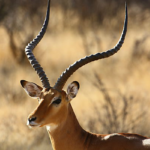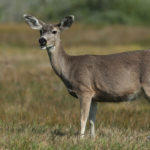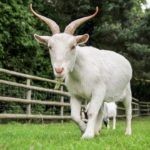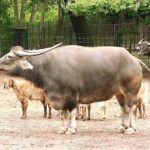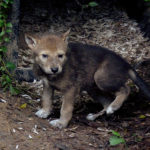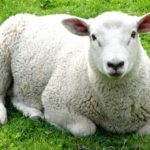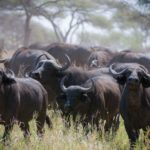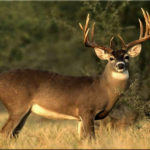Antelope Scientific Name
Antelopes are herbivorous mammals, usually with long horns. The scientific name of the antelope is Bovidae. They live mainly in Africa, but some species live in southern Asia. They generally live in herds on open grasslands or in areas with a few trees. They are very timid creatures and run at the first sign of danger. They are extremely grateful when they run, often taking long, smooth leaps.
At first sight, antelopes may look rather like deer, but they are more closely related to goats, sheep, and cattle than to deer. Deer, for instance, do not have true horns. Their branched antlers have a velvety covering and are shed each autumn and grow again each spring. Antelopes, on the other hand, have true horns that remain for life. They do not branch and have a bony core with a covering of horns.

There are many different types of antelopes. In some, only the male has horns, but usually, both sexes have them. The horns are generally curved and may curl in a spiral. Some types of antelope have ridged horns. Most antelopes have smooth, brown, or gray hair. Many species have white or black markings, particularly white underparts. They all have hoofs.
The smallest antelope – the royal antelope – stands only 12 inches high at the shoulder. The scientific name of the royal antelope is Neotragus pygmaeus. The gnu, on the other hand, reaches over four feet and weighs 500 lb. Some antelopes of South Africa can make huge leaps. The springbok, for example, can jump up 10 feet in the air when it is frightened. It then runs off at up to 60 miles an hour. The impala can cover 30 feet in a single leap, reaching a height of six feet.

